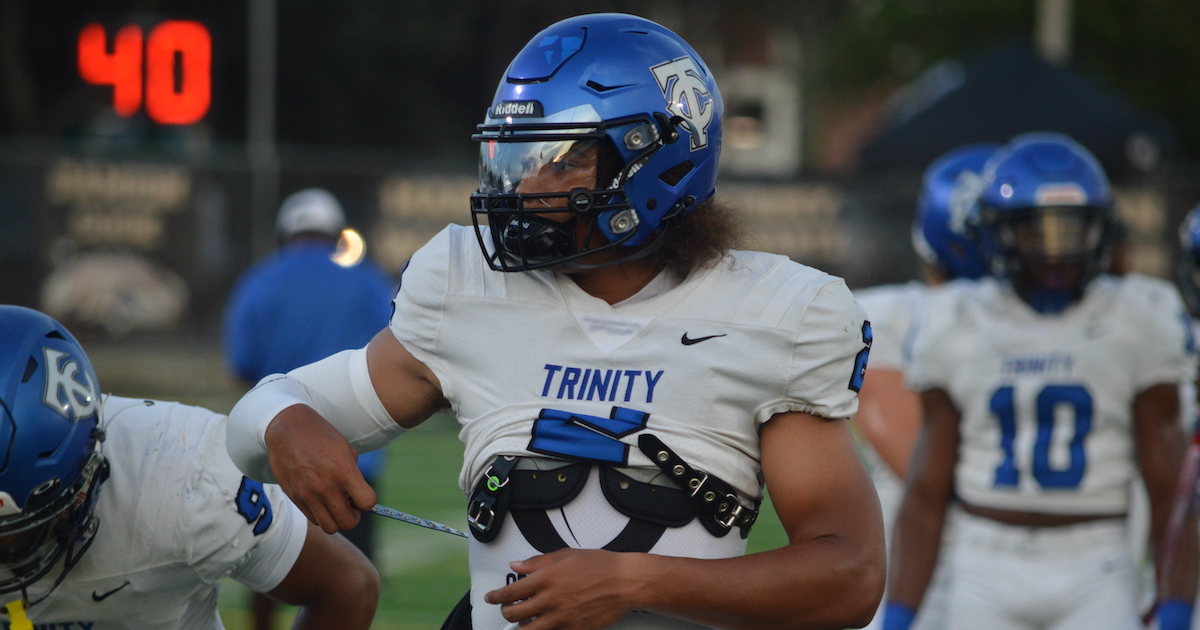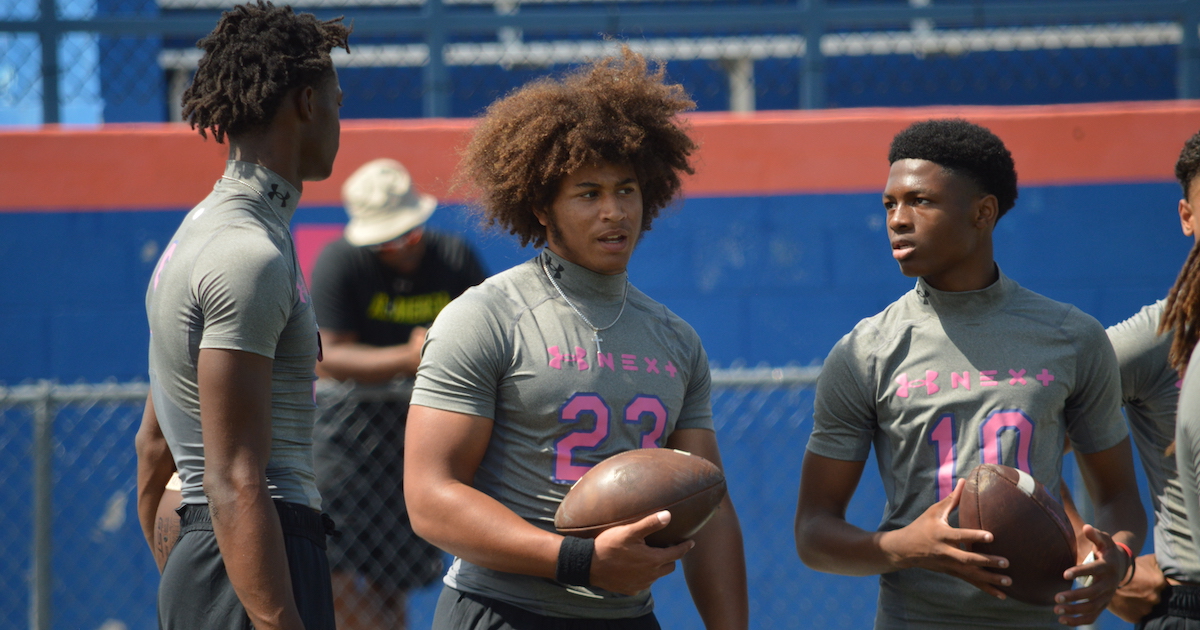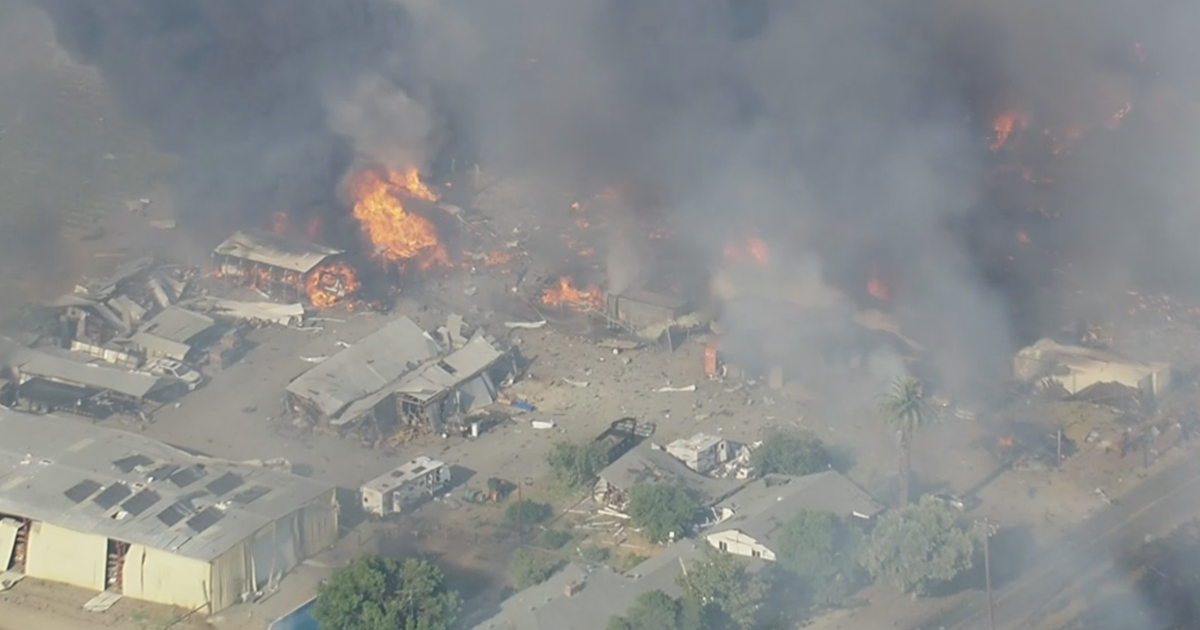
LSU QB Colin Hurley Hospitalized After Car Crash Near LSU’s Campus
Complexities of the Incident and Its Impact
On Tuesday evening, LSU quarterback Colin Hurley was involved in a car accident near the university’s campus. The incident has raised concerns about the safety of student-athletes and the responsibilities of universities in ensuring their well-being.
The Accident and Its Consequences
Hurley was reportedly driving his vehicle when he collided with another car. He was taken to a local hospital with non-life-threatening injuries. The other driver involved in the accident did not require hospitalization.
The exact cause of the accident is still under investigation. However, it has been reported that Hurley was not under the influence of alcohol or drugs at the time of the crash.
Concerns and Perspectives
Safety of Student-Athletes
The accident highlights the ongoing concerns about the safety of student-athletes. College football players are at a higher risk of injury than other students due to the intense physical nature of their sport.
The NCAA has taken steps to improve safety standards in recent years, but there is still more that can be done to protect athletes from accidents and injuries.
Responsibility of the University
Universities have a responsibility to provide a safe environment for their students, including student-athletes. This includes taking measures to prevent accidents and ensuring that athletes have access to adequate medical care.
In the wake of Hurley’s accident, some have questioned whether LSU did enough to protect its players. The university has defended its safety protocols, but the incident has raised questions about whether more could be done.
Real-Life Examples and Data Points
Hurley’s accident is not an isolated incident. In recent years, there have been several high-profile cases of student-athletes being injured or killed in car crashes.
According to a study by the University of North Carolina, more than 50 student-athletes died in car crashes between 2007 and 2016. The study found that football players were most likely to be involved in fatal car accidents.
These data points underscore the need for universities to take proactive steps to prevent car crashes involving student-athletes.
Different Perspectives
Parents and Advocates
Parents and advocates for student-athletes have called for stricter safety measures, including mandatory driver education programs and restrictions on nighttime driving.
They argue that universities have a duty to protect their athletes from preventable accidents. They say that more needs to be done to ensure that athletes are driving safely.
Universities and Coaches
Universities and coaches have argued that they are already doing enough to protect their athletes. They say that they have implemented safety protocols and that they provide athletes with driver education and training.
They also argue that it is impossible to eliminate all risks associated with driving. They say that athletes need to be responsible for their own safety and make smart decisions.
Research and Recommendations
Research suggests that there are a number of things that universities can do to reduce the risk of car crashes involving student-athletes.
These include:
- Implementing mandatory driver education programs
- Restricting nighttime driving
- Providing athletes with access to safe and reliable transportation
- Enforcing strict penalties for driving under the influence
The NCAA has also issued recommendations to improve safety for student-athletes. These recommendations include:
- Requiring all member institutions to develop and implement a comprehensive safety plan
- Providing athletes with education and training on safe driving practices
- Partnering with local law enforcement to enforce traffic laws
Conclusion and Reflections
The accident involving LSU quarterback Colin Hurley has raised important questions about the safety of student-athletes and the responsibilities of universities.
There is no easy solution to this complex issue. However, by working together, universities, coaches, parents, and advocates can take steps to reduce the risk of car crashes involving student-athletes.
We must also remember that student-athletes are young people who deserve to be protected. They should be able to focus on their education and their sport without having to worry about being involved in a serious accident.
It is our responsibility to ensure that they have a safe environment in which to live and learn.




